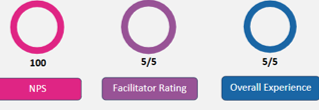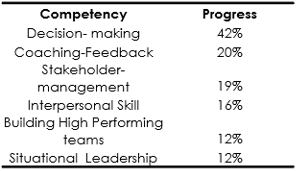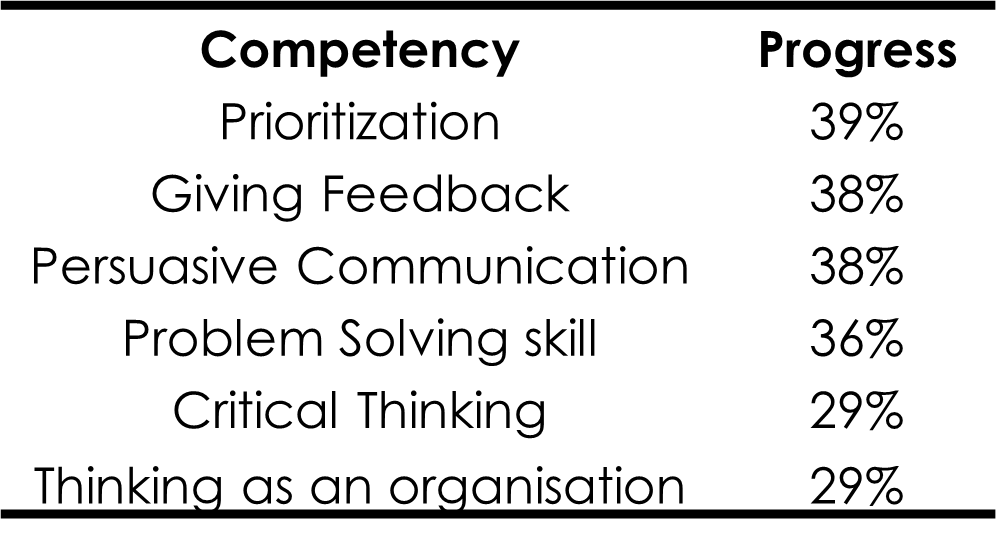Performance Management – Driving Growth Through Clarity and Accountability

Introduction
Performance management is no longer a once-a-year appraisal exercise, it’s a continuous process of aligning employee performance with organizational goals.
In a dynamic workplace, effective performance management provides clarity, encourages accountability, and builds a culture of continuous feedback and growth. It ensures that employees understand their purpose, stay motivated, and contribute meaningfully to workplace growth.
Why Performance Management Matters
An effective performance management system creates a shared understanding of what success looks like and how each person can achieve it. Here’s why it matters:
-
Alignment of Goals: It ensures that employees’ individual objectives are directly connected to the organization’s strategic priorities.
-
Employee Engagement: Regular feedback and recognition boost motivation, morale, and overall employee engagement.
-
Skill Development: Through structured performance reviews, organizations can identify key strengths and development areas, driving targeted learning and growth.
-
Retention: When employees receive clarity, coaching, and appreciation, they are more likely to stay committed and contribute to long-term workplace growth.
Key Elements of Effective Performance Management
1. Clear Goal Setting
Define and communicate SMART goals – Specific, Measurable, Achievable, Relevant, and Time-bound.
When employees understand exactly what’s expected of them, it builds focus, ownership, and measurable progress in employee performance.
2. Regular and Continuous Feedback
Move beyond traditional annual appraisals.
Adopt continuous feedback systems where managers and employees have ongoing check-ins monthly or even weekly to discuss progress, challenges, and achievements. This fosters trust, agility, and adaptability.
3. Meaningful Performance Metrics
Use a balanced scorecard that includes both results and behaviors.
Tracking performance metrics ensures that employees are rewarded not only for outcomes but also for collaboration, innovation, and alignment with company values.
4. Coaching Culture
Build a coaching culture where leaders act as mentors and facilitators of growth rather than evaluators. Coaching conversations enhance employee performance, drive engagement, and create accountability across all levels.
5. Technology Integration
Use modern performance management systems to ensure transparency, data-driven insights, and consistency. Technology can simplify performance reviews, track SMART goals, and enable personalized development plans.
Best Practices for Organizations
To strengthen your performance management framework, consider the following best practices:
-
Encourage two-way conversations between managers and employees to promote openness and shared accountability.
-
Recognize and celebrate achievements in real time.
-
Connect performance reviews with learning and development opportunities for holistic growth.
-
Ensure the process is fair, unbiased, and transparent, allowing every employee to feel valued.
-
Provide leaders with training to deliver constructive continuous feedback and coach effectively.
Conclusion
When done right, performance management is far more than a process it’s a strategic lever for business success.
Organizations that invest in SMART goals, continuous feedback, and a strong coaching culture cultivate employee engagement, accountability, and measurable workplace growth.
By building clarity and trust, companies create an environment where employees thrive and where performance truly drives progress.












